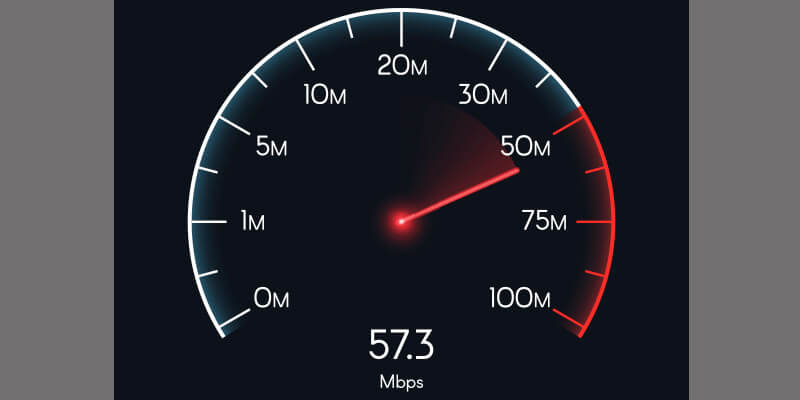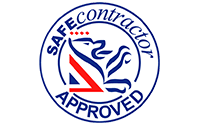Diagnosing a network and connectivity issue can sometimes be difficult. There are a number of factors that can be effecting the situation including, cabling, software issue, hardware issues or network equipment. Read on as we talk about how you can use these troubleshooting techniques to pin point where your connectivity problem may be.
Why is it important to check your network and connectivity?
You will obviously want to think about fixing a network or connectivity issue in the long run rather than short term. We have all used the plug out plug-in method to check a connection, more often than not this does not work. However saying that this will be the first thing anyone will do, and sometimes it does work, there can potentially be a bit of dust in and around the plug affecting the connection flow. It may also be that the unit you are trying to fix may have overheated so might need a simple cool down to start again.
Here we have provided the basics you need to troubleshoot your network or connectivity issues.
Speed
First things first, you are going to want to troubleshoot your connectivity speed. You can do this by simply logging into sites such as speedtest.net which will show you the connectivity speed. This will help indicate if the issue is with your Wi-Fi being genuinely slow or an issue within your network.

Cabling
Cabling can be one of the most common issues to your network or connectivity failures. These faults can sometimes be challenging to diagnose. However, there are a few things you can do at home and around the office to check for any disruptions. You will want to see if there is any damage to any of the cabling around your home, this can be more common if you have pets, sometimes it’s down to them chewing away at the cabling. It could also be that the cable is just old and could need replacing. Make sure all your cables are safe and have no exposed wires as well as being a hazard this may also be affecting your connectivity. Another issue might actually be the main plug going into your router; we suggest that you take extra care when checking this, it may be as easy as changing the fuse in the plug.
If you suspect it may be more than that, we suggest you call a technician. Sometimes, unfortunately, it’s not always a simple fix that can be made and you might need some assistance.
Tech support
As stated previously one of the first things a technician will ask you is whether you have turned the modem off for about a minute and plugged everything back in. Once you have done this simple trick, it may actually be the cabling leading up to your modem, if you have additionally cabling try swapping these out and testing the connectivity this way.
You may need to contact your network provider, as this may be an issue you are unable to resolve yourself. They will talk over the phone with you and discuss potential issue.
How to troubleshoot your router
Troubleshooting your router can be a lot harder than your modem; the modem is either fully functioning or not working at all. Routers can be slightly more difficult as the problem isn’t always obvious and may require some digging to find the issue. You will need an Ethernet cable to address this issue, connect a device directly to the router. Test the connectivity by simply loading a webpage, if you cant get a connection its time to restart the router. To restart you will need to disconnect all cables entering the unit and leave the unit off for around a minute, this is because you will need to allow for all the energy to dissipate. Power the unit back up and see if this has restored the connectivity.
If your router isn’t working after this short-term fix you will need to follow the next few steps to troubleshoot. Check the firmware for any updates that may be available, if your router is old and you have not had it updated recently it may actually be the firmware that’s not up to date, which could be causing you connectivity issues. To update this you will need to check the control panel on your router or visit the manufacturer website for any updates; they will also be able to guide you on how to do this.

Wi-Fi
If the problem is your Wi-Fi, you may want to consider fibre optic cabling if you don’t have this fitted already. Additionally, you may want to look at the channel your wifi is currently running through. It could possibly get congested if you have more than one household trying to download and use the Internet.
The final step you will want to take with your router if all else fails is a complete hard reset, now this isn’t your typical switch unit on and off again. You will need to completely reset the unit taking it back to its factory settings, for this you may need to look at the router manual or simply take a look online.
If you do find that you are consistently having the same issues with your router, it may be time for an upgrade. You should also look at having fibre cabling services installed, it will ensure you have a safer connection and also will improve the overall speed and bandwith. Fibre cabling is also alot faster than traditional cabling system, so you may want to have a look into upgrading your cabling system.

We hope by following these steps, you will be able to troubleshoot your network and connectivity yourself. It may be as simple as turning the modem or router on and off again and leaving to sit until all energy is released. Or you may find that you need to carry out a more complex troubleshooting to resolve the problem.
You may find that by following these steps, you still are unable to find the cause of your problems. In this instance, we would recommend that you contact your Internet provider or wireless networking systems professionals who will be able to conduct a more in-depth analysis of your connectivity issue.









